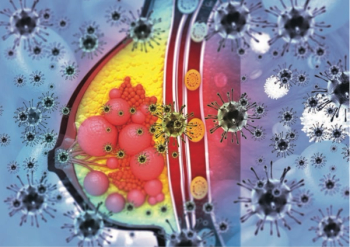
Mitigating Toxicity and Monitoring QOL in Chronic Myeloid Leukemia
Dietary interventions or other medications may help mitigate diarrhea in patients who undergo therapy for chronic myeloid leukemia.
Jorge E. Cortes, MD, spoke with CancerNetwork® atthe
Cortes, director of the Georgia Cancer Center at August University, stated that many patients have adverse effects (AEs) during therapy, although these toxicities may improve or even resolve over time. Overall, he said that most patients would be able to pursue normal activities in their day-to-day lives as they receive treatment.
Some patients, however, may experience more severe instances of toxicity such as fatigue and diarrhea. Cortes highlighted that strategies including dietary interventions or switching anti-cancer therapies may help with mitigating these AEs, thereby minimizing negative impacts on patient quality of life.
Transcript:
For most patients, they are able to continue their normal lifestyle. There is no question that there’s going to be some changes. For one, there’s some [changes] based on testing and taking [a] pill. Many patients experience some adverse [effects]. Early on, we see more of these adverse [effects]. Over time, they tend to improve; many of them do, but not always. Many of them do improve; sometimes they disappear, and sometimes they at least get better. But for most patients, they’re able to continue their activities of daily living, work, play, and family.
But there are some patients who have more limitations. The fatigue [may be] more than expected where they have chronic diarrhea, or things like that. It’s always important to know that we can sometimes manage many of these things—not all of them—by managing the [adverse] effects. If [a patient] has diarrhea, is there a dietary intervention or medication [they] can take? Other [patients] can be [treated] by changing drugs; that is the alternative. In other instances when the [toxicity] is there and even changes, how can I optimize or at least minimize the impact in [their] quality of life?
Newsletter
Stay up to date on recent advances in the multidisciplinary approach to cancer.

















































































